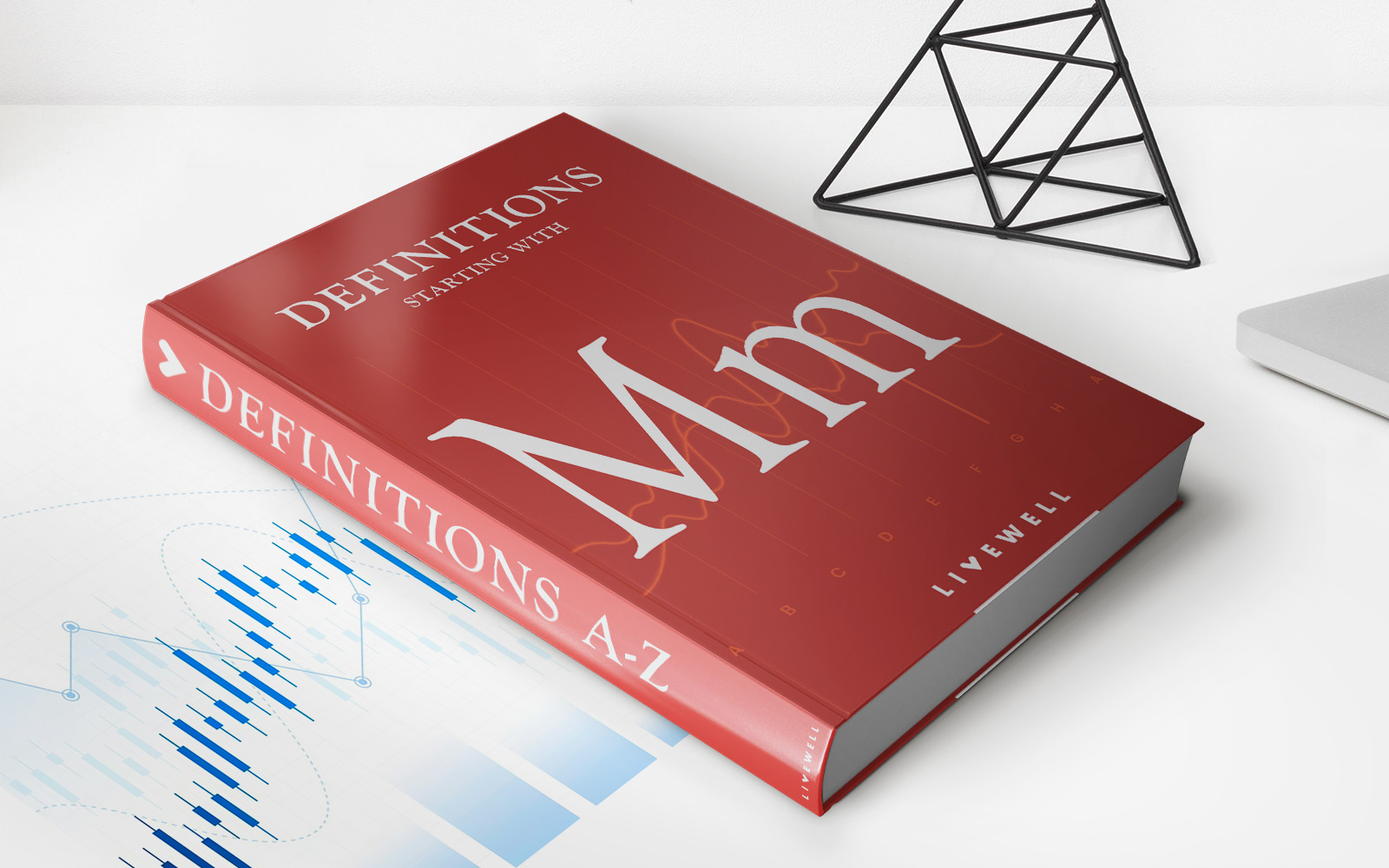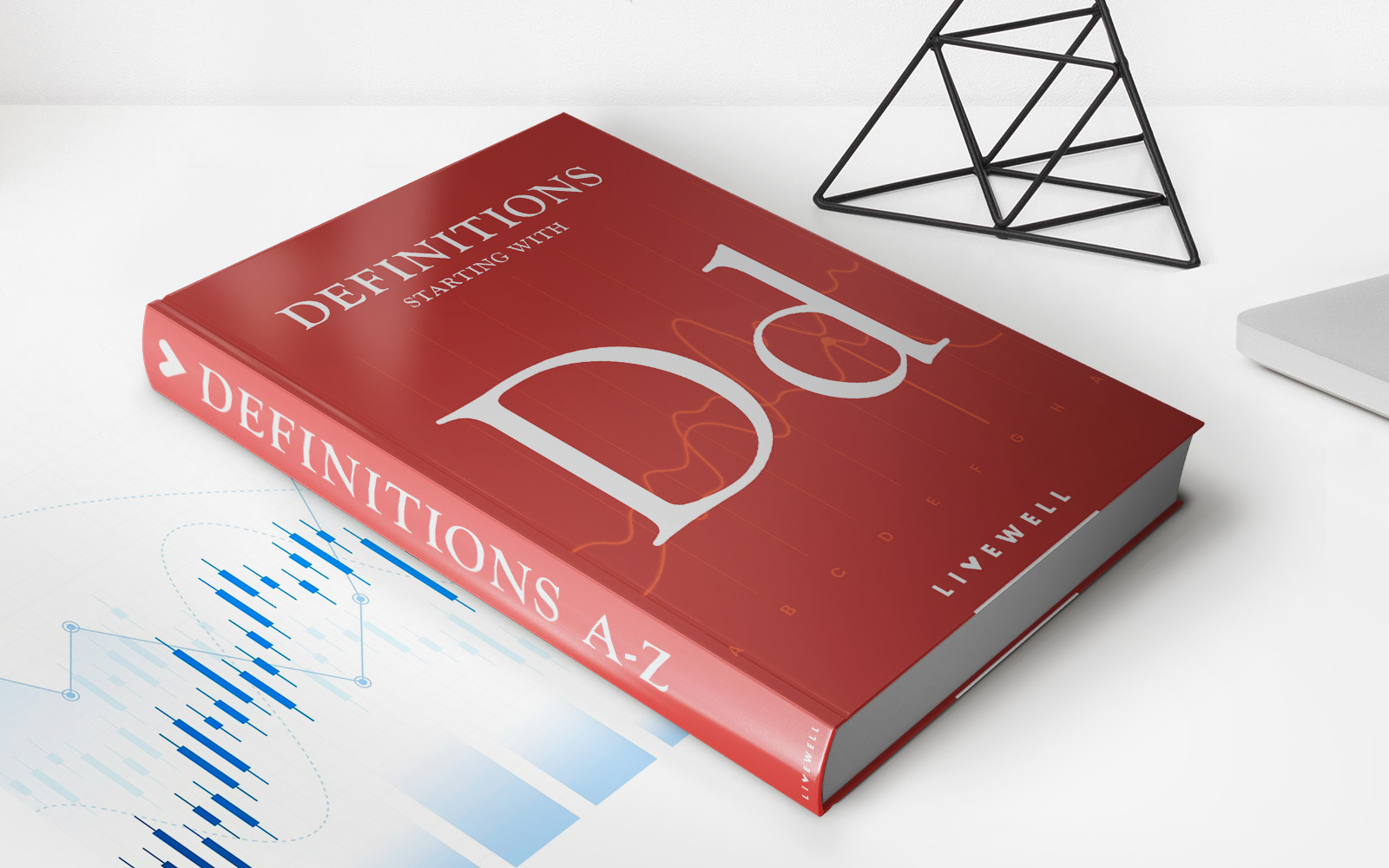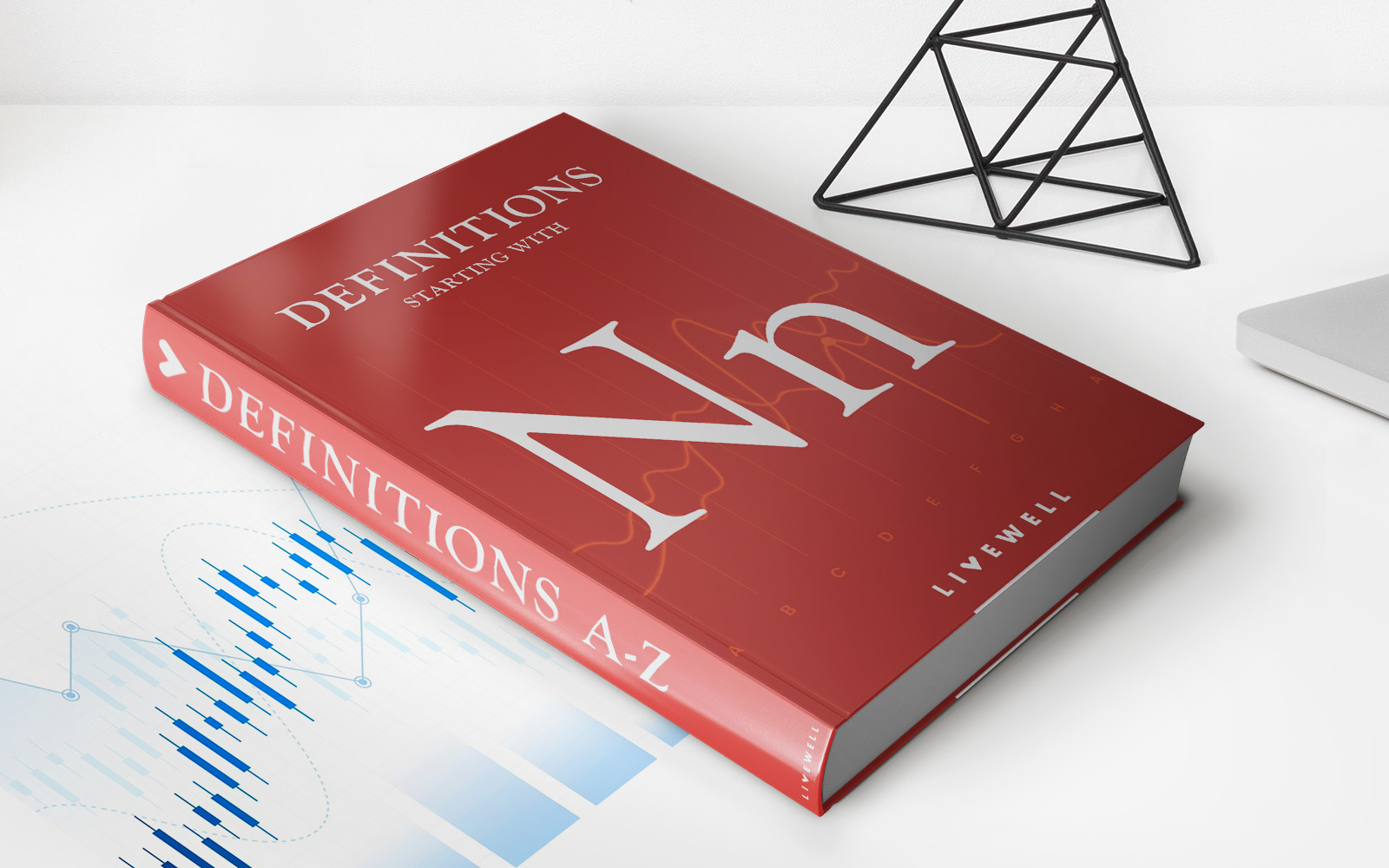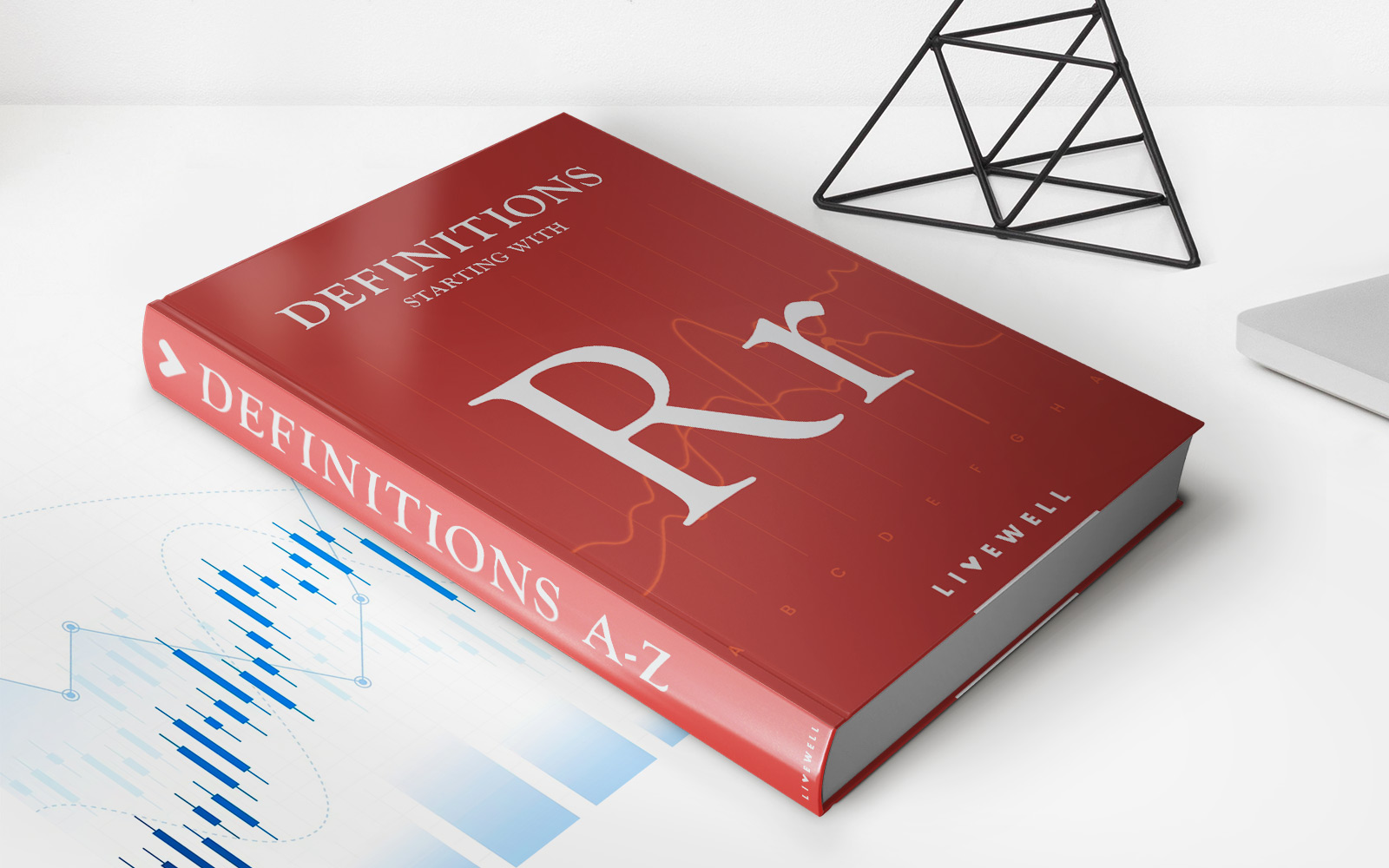Home>Finance>Management Discussion And Analysis (MD&A): Definition And Example
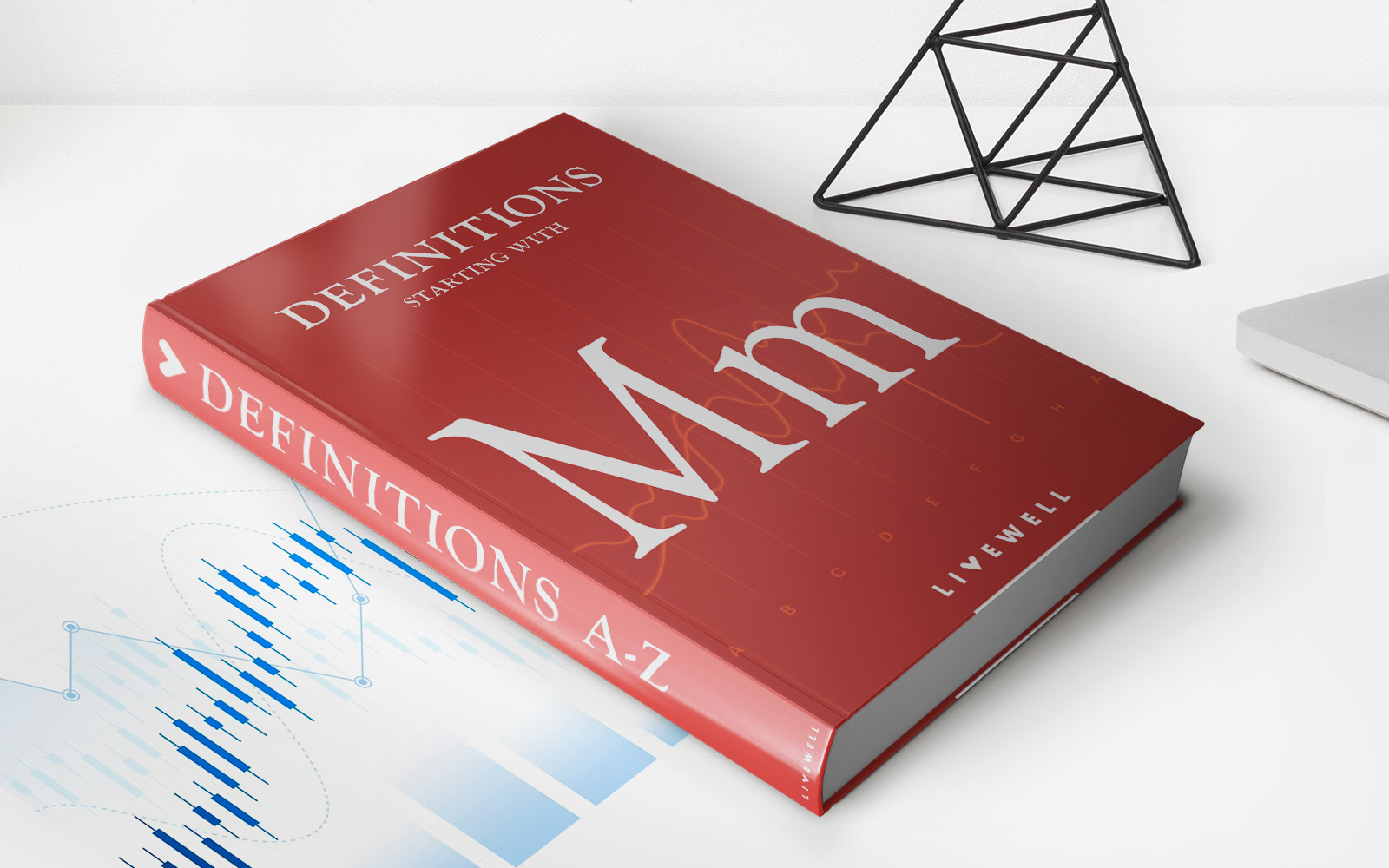

Finance
Management Discussion And Analysis (MD&A): Definition And Example
Published: December 21, 2023
Learn about finance management discussion and analysis (MD&A) - its definition, importance, and explore an example. Start optimizing your financial processes today!
(Many of the links in this article redirect to a specific reviewed product. Your purchase of these products through affiliate links helps to generate commission for LiveWell, at no extra cost. Learn more)
Management Discussion and Analysis (MD&A): Definition and Example
Welcome to our finance blog series, where we provide valuable information to help you navigate the world of personal and corporate finance. In this article, we will dive into the topic of Management Discussion and Analysis, commonly referred to as MD&A. What is MD&A? How does it impact financial reporting? And what are some real-world examples? We will provide answers to these questions and more, so keep reading to gain a better understanding of this crucial aspect of financial analysis.
Key Takeaways:
- MD&A is an essential section of a company’s annual report that provides insights into its financial health, performance, risks, and future prospects.
- Investors, shareholders, and stakeholders use MD&A to make informed decisions, assess management’s competence, and understand potential risks and opportunities.
What is MD&A?
Management Discussion and Analysis (MD&A) is a section included in a company’s annual report, providing an in-depth analysis and interpretation of the financial statements and overall company performance. This section is typically written by the management team and offers insights into the company’s past, present, and future financial condition, results of operations, and risks and uncertainties.
MD&A serves as a bridge between the financial statements and the management’s perspective on the company’s performance. It provides context, explanations, and forward-looking information that can help investors and stakeholders gain a deeper understanding of the financial information presented in the annual report.
Why is MD&A important?
The MD&A section of an annual report is vital for a number of reasons:
- Insight into Financial Performance: MD&A provides a comprehensive analysis of a company’s financial performance, including key metrics, trends, and factors impacting the results.
- Risk Assessment: It helps investors and stakeholders assess the risks and uncertainties faced by the company. This information is crucial for making informed investment decisions.
- Management Competence: MD&A provides insights into management’s ability to achieve strategic goals, identify risks, and take necessary actions to address potential challenges.
- Future Prospects: The section highlights the company’s future outlook, including opportunities, challenges, and strategic initiatives being undertaken to drive growth and profitability.
An Example of MD&A
Let’s take a look at a fictitious example of an MD&A section from a company’s annual report:
Company XYZ Annual Report – Management Discussion and Analysis:
Management is pleased to present the analysis of Company XYZ’s financial performance during the fiscal year 2021. Despite the challenging economic environment, the company experienced significant revenue growth of 15%, driven by successful product launches and increased market penetration. This growth can be attributed to our robust marketing strategies and ongoing investments in research and development.
However, it is important to note that our profit margins have been impacted by rising raw material costs and increased competition in the market. Management is actively working on cost optimization initiatives and exploring alternative sourcing options to mitigate these challenges. We anticipate improved profitability in the upcoming fiscal year.
Regarding risks, we have identified potential disruptions in the supply chain as a significant concern. Given the current global uncertainties, including geopolitical tensions and the ongoing pandemic, there is a risk of delays and shortages in receiving essential raw materials. We are closely monitoring the situation and have established contingency plans to mitigate the impact on production and delivery.
Looking ahead, we remain optimistic about the future prospects of Company XYZ. Our pipeline of new product offerings and strategic partnerships provides us with growth opportunities in both domestic and international markets. We will continue to focus on innovation, enhancing operational efficiencies, and maintaining strong customer relationships to drive sustainable business growth.
As you can see from this example, MD&A provides valuable insights into the company’s financial performance, risks, and future prospects. This information helps investors and stakeholders make informed decisions and understand the company’s strategic direction.
Conclusion
Management Discussion and Analysis (MD&A) is a critical section of a company’s annual report, providing valuable insights and analysis of its financial performance, risks, and future prospects. Investors, shareholders, and stakeholders rely on MD&A to make informed decisions and understand the company’s strategic direction. By understanding MD&A and its importance, you can enhance your ability to evaluate a company’s financial health and opportunities for growth.
We hope you found this article helpful in understanding MD&A. Be sure to stay tuned to our finance blog for more informative content on various finance-related topics.
Disclaimer: The example provided in this article is a fictitious representation and does not pertain to any specific company. The purpose is to illustrate the structure and content found in an MD&A section of an annual report.



